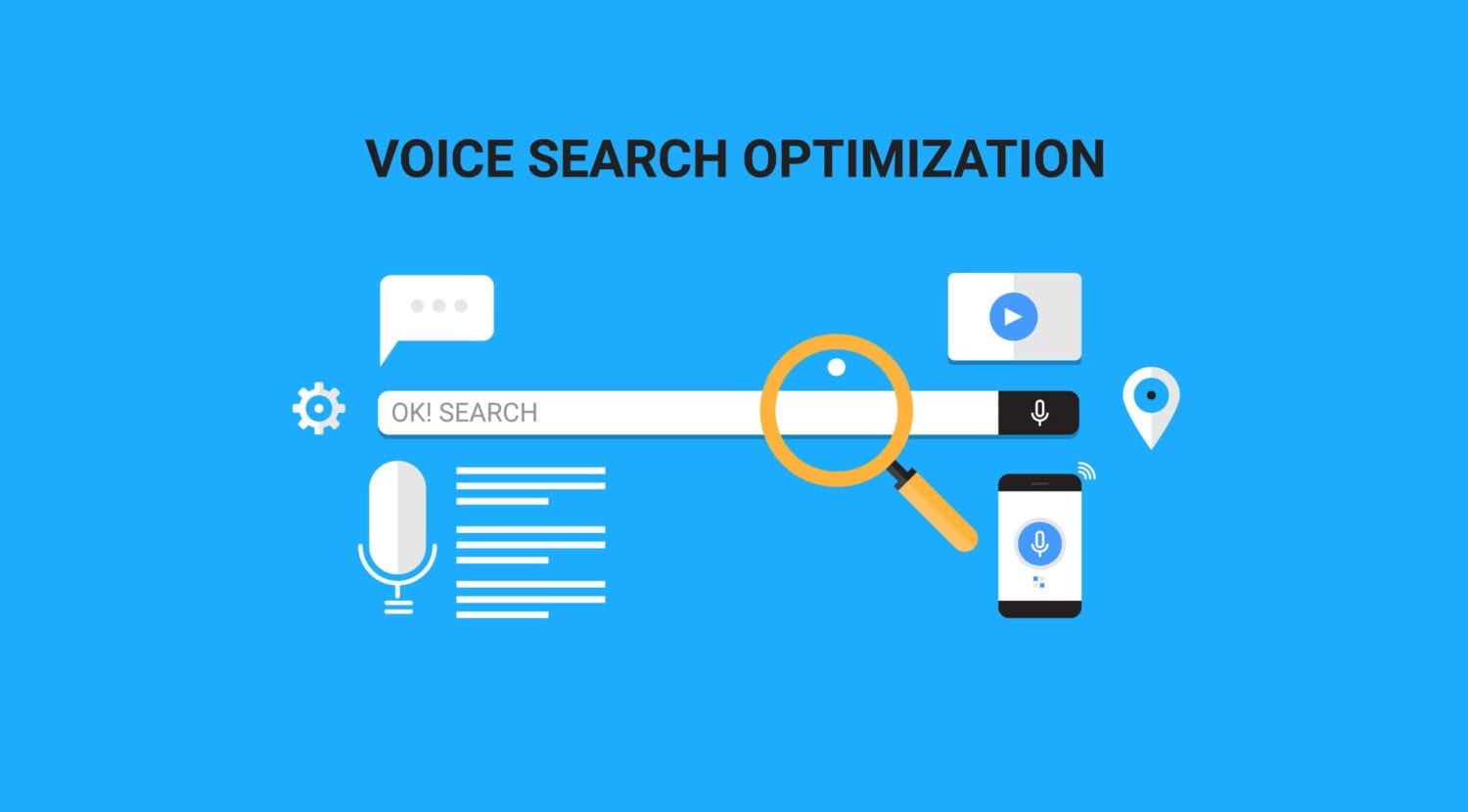
Almost every campground owner has heard of the Americans with Disabilities Act, more commonly referred to as simply “the ADA.” This law was enacted in the early 1990s to protect individuals with disabilities from facing discrimination. It also guarantees that those with disabilities are able to have access to the same opportunities to participate in activities like any other person.
While you’re probably most familiar with ADA guidelines in the context of ensuring that your campground is handicap accessible and offers appropriate assistance when required, you may not realize that this law applies to the online realm as well.
What Does the ADA Say About Campground Websites?
When the law was first enacted, the internet was still a relatively new concept. The current wording states that all businesses open to the public must remove any “access barriers” that might interfere with a disabled person’s ability to access the store. Until recently, this phrasing was taken to mean literal barriers, such as a lack of ramps, insufficient door space or inaccessible counters.
Now that so much of our lives have become dominated by the internet, the US Department of Justice has proposed an amendment that specifically requires all websites to make accommodations for individuals with disabilities. While there has not been an official court ruling yet, there is still plenty of incentive for business owners to make the transition to a more inclusive site design.
What Changes Should I Make For a Handicap Accessible Website?
Fortunately, the necessary changes are often pretty straightforward and won’t always require businesses to do a complete overhaul of their website content. The best way to ensure compliance is to have an experienced agency do an audit of your campground website and give you a plan for making the necessary changes.
In fact, by allowing a professional to make your website ADA compliant, you will likely end up with a domain that looks even more polished and that runs more smoothly than ever before.
-
Optimizations For Vision Impairment
Visually impaired users are not simply those who are blind. This extends to people who may have a limited field of vision or color blindness.
The best solution for this is to ensure that individual users can customize your website’s font settings. By lifting restrictions on the color and style of your font, you grant access to those who need to adjust the size, style, and contrast of the text on your website. You should also include thorough text descriptions of any pictures so that they can be read aloud for blind users or read by those who can’t distinguish pictures well.
It’s also essential that, if the text needs to be adjusted, the structure and usability of your website remain intact whether the user is on a desktop or mobile device.
To achieve this, it’s usually recommended that you create content that can be easily presented in multiple ways. For example, you could utilize a simple site layout or code the website so that users can separately adjust the foreground and background layers.
Finally, you should be thoughtful when choosing graphics and video content. A design professional will be able to help you choose designs and content styles that will not cause distress or seizures for users with epilepsy or other impairments.
-
Optimizations For Hearing Impairment
Any video or audio content should be clearly labeled, and you should provide full captioning if the user wishes to watch the video. It is also prudent to include a full transcript of the video’s contents. This not only helps those with hearing impairment, but it will boost your overall SEO rankings and be useful for people who are short on time and prefer to skim the text version of a video’s contents.
Transcribing your video content can be helpful for visually impaired users as well because it allows for more ways for your brand to communicate.
-
Optimizations For Physical and Cognitive Difficulties
Disability guidelines extend beyond what may seem like “obvious” impairments to include anyone who suffers from physical or cognitive limitations that may make day-to-day life more difficult.
Some users may have limited range of motion that interferes with their ability to use a keyboard or mouse. Because this can make it difficult to be precise when engaging with clickable content, your site should have “disability-friendly” navigation with a wide click range and simplified user pathways.
Cognitive difficulties can include autism, brain injury, dementia, and learning disabilities. Sites with cluttered designs, abnormal layouts or complex navigational structure can cause stress and anxiety in users with cognitive difficulties. Things that may seem simple to you might be the difference between someone being able to use your website or not comfortably.
Luckily, the solution to this problem is one that you should be striving to achieve for every user: simplicity.
To do this, start with these suggestions:
- Limit the clutter and available options on every page.
- Provide clear instructions for fields that require user input.
- Make site navigation predictable and clear.
- Give ample time for users to read and use the content.
- Offer robust search assistance.
What Happens If I Don’t Make These Changes?
From a legal standpoint, this is currently a bit of a gray area. Courts have given mixed rulings when it comes to accessibility standards on the internet. However, the future will almost certainly include more stringent internet protocols for equal access, so it’s better to get ahead of the issue.
From a customer relations standpoint, it can do quite a bit of damage to your reputation if you choose to maintain an RV Park website that isn’t easy for a person with a disability to use. Some users will just leave and go to a competitor’s site that’s more user-friendly, but others may be more vocal about it on social media. Some may even go so far as to file a lawsuit. In fact, this is becoming an even larger problem as over 5,000 lawsuits were filed in the first half of 2018. Damages can range from a couple hundred to thousands.
In Conclusion
Generally speaking, it’s simply good business to optimize your campground website so that everyone can enjoy it. It will help your search engine rankings, boost your brand reputation and improve the quality of your content drastically. If you start transitioning to a more accessible website now, by the time the DOJ hands down its ruling on ADA guidelines, you’ll already be compliant.




